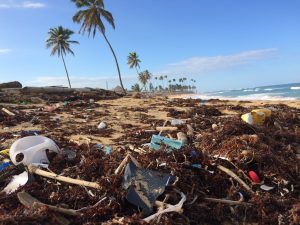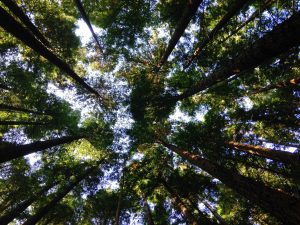NSTEM and Sustainability
We now live in a modern, consumerist, and urban existence throughout the developed world. Every day, we continue to consume an alarming amount of natural resources. Here at the National STEM Honor Society, we are committed to environmental sustainability. We view sustainability as a vital part of both operational excellence and educational principles. However, what is sustainability?

Environmental sustainability is responsibly interacting with the planet to maintain natural resources and avoid jeopardizing the ability of future generations to meet their needs. According to the United Nations (UN) World Commission on Environment and Development, environmental sustainability ensures future generations have the natural resources available to live an equal, if not better, way of life as current generations.
Those who might strongly resonate with this idea or continue advocating for it allow me to introduce: environmental science.
Well, What is Environmental Science?
Unlike traditional science classes like biology and chemistry, environmental science is an interdisciplinary academic field that draws on ecology, geology, meteorology, biology, chemistry, engineering, and physics to study environmental problems and human impacts on the environment. Today, environmental scientists work to solve some of the world’s most concerning issues, like climate change and public health. They do this by researching how to identify, control, or eliminate sources of pollutants or hazards affecting the environment. With the research they collect, they try to understand past and present environmental processes. They can then use this understanding to make scientifically-based prognostications.
Environmental scientists tend to work in either laboratories or offices. They often also “work in the field,” meaning “in direct contact with a source of data or subject of interest,” which for environmental scientists could mean in a literal field! Research typically involves determining data collection methods, collecting and analyzing air, water, and soil samples, analyzing data gathered by colleagues, looking for correlations to human activity, and preparing reports and presentations.

Other Career Pathways
Although most students with a Bachelor’s Degree in environmental science become environmental scientists, that is not your only career option! According to Mendeley Careers, students with a Bachelor’s Degree in environmental science have become lawyers, engineers, and professors, all specializing in environmental science.
Environmental Law
Environmental law is a broad and complex specialism, which is increasingly in demand. It is an area of law that requires a highly technical understanding of environmental issues alongside the fundamental skills and certification to practice law. This career offers an opportunity to work hard to change attitudes and policy as an alternative to searching for scientific solutions to environmental problems.
Environmental Engineering
Environmental engineering is not solely concerned with the construction of eco-friendly buildings or renewable energy facilities. It involves all of the ways buildings and sites can impact the environment, including tackling contamination or dealing with wastewater, or developing regulations to prevent mishaps during construction.
Teaching Environmental Science as a Professor
Teaching is an imperative aspect of environmental science. Ensuring future generations understand the importance of the environment and the impact humans have upon it is vital to ensure that preservation and conservation continue in the future. Typically, the older the pupils, the more opportunity to specialize in environmental science-related topics – secondary teachers are usually expected to teach physics, chemistry, or biology.
We Need More Environmental Science Majors!
The well-being of our environment is crucial to our existence. Environmental science enlightens us on how to conserve our environment in the face of increasing human population growth and anthropogenic activities that degrade natural resources and ecosystems.
Written by: Alexandra Sugatan
